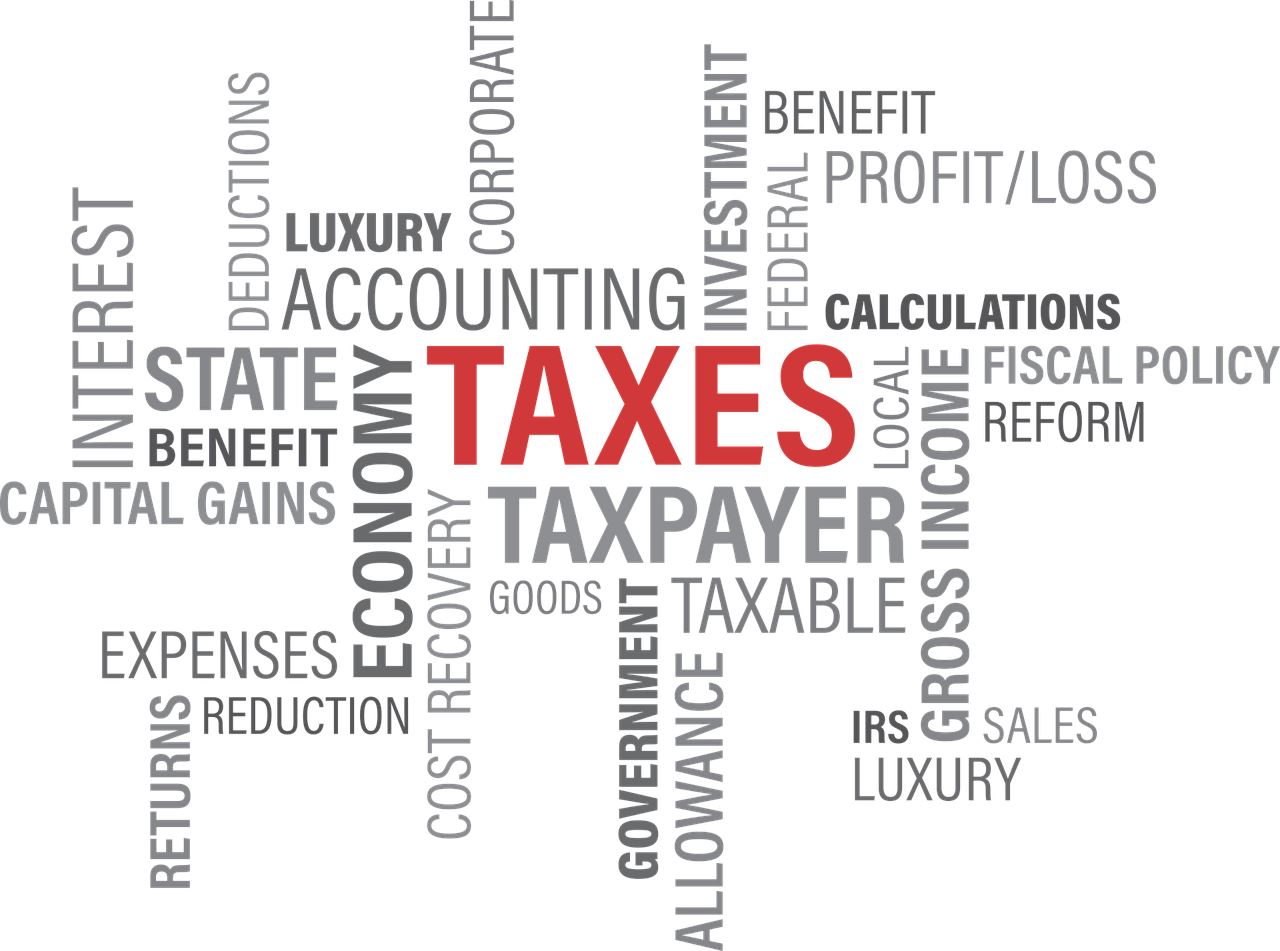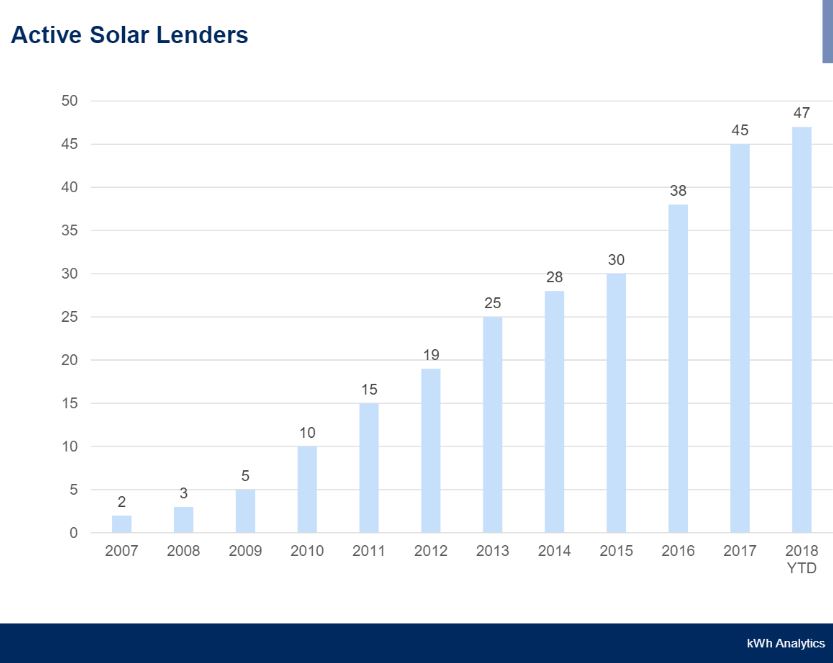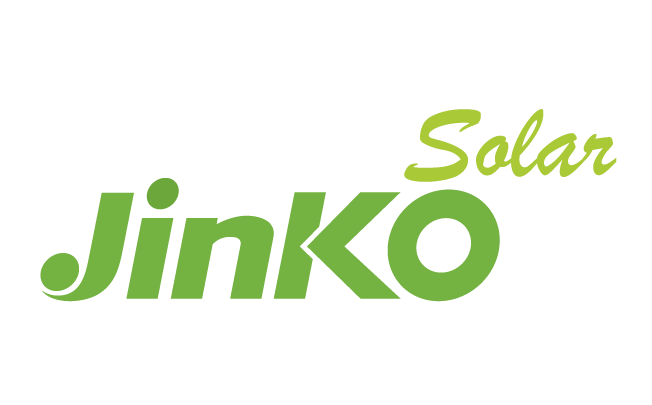
By Frank Andorka, Senior Correspondentthey
Four more years! Four more years!
That’s the mantra some utility-scale solar developers are chanting today after the Internal Revenue Service (IRS) decided to extend the 30% investment tax credit (ITC) through 2023 as long as they have broken ground or spent 5% of the total expected investment in the project by the end of 2019.
Bloomberg reports the opinion, issued by the IRS late last week, came as something of a surprise to most utility-scale developers. As the reporters noted:
“The news is positive for utility scale solar developers who can now avoid solar tariffs imposed on imports through 2021, procure majority of their solar panels in later years, and still qualify for the higher tax credits, analysts led by Michael Weinstein, said in the note.
If developers break ground on January 1, 2020 or beyond, the credit drops to 26%.
The decision, combined with China’s unexpected decision to halt construction on its own domestic industry, could help move some utility-scale projects that had previously been shelved back into an active status with developers.
China’s decision to scotch its domestic industry means inexpensive modules could soon be flooding the U.S. market, with utility-scale projects benefiting the most.





